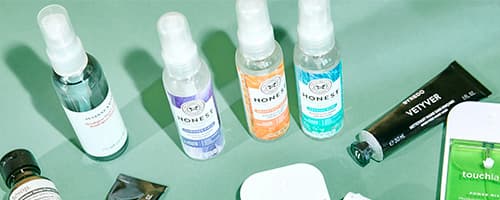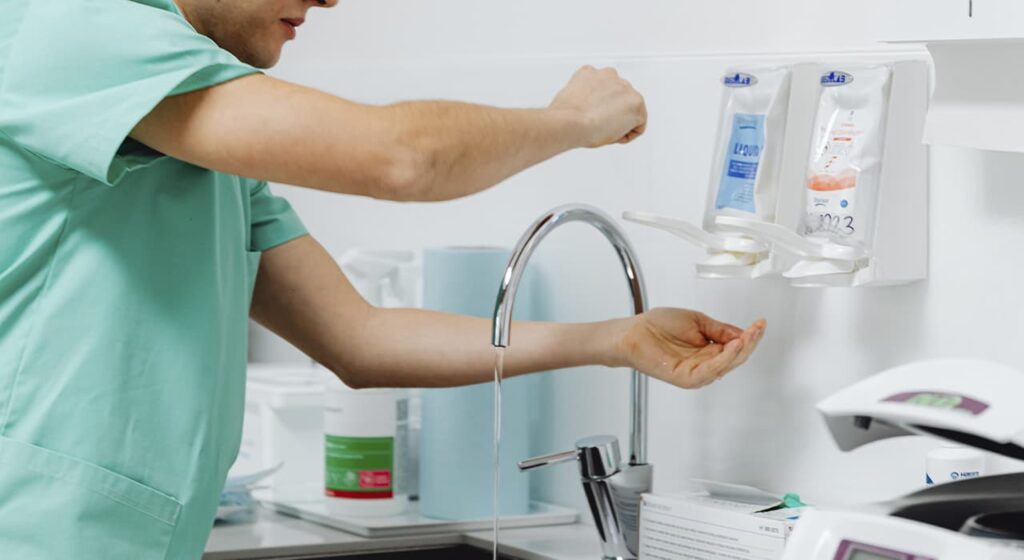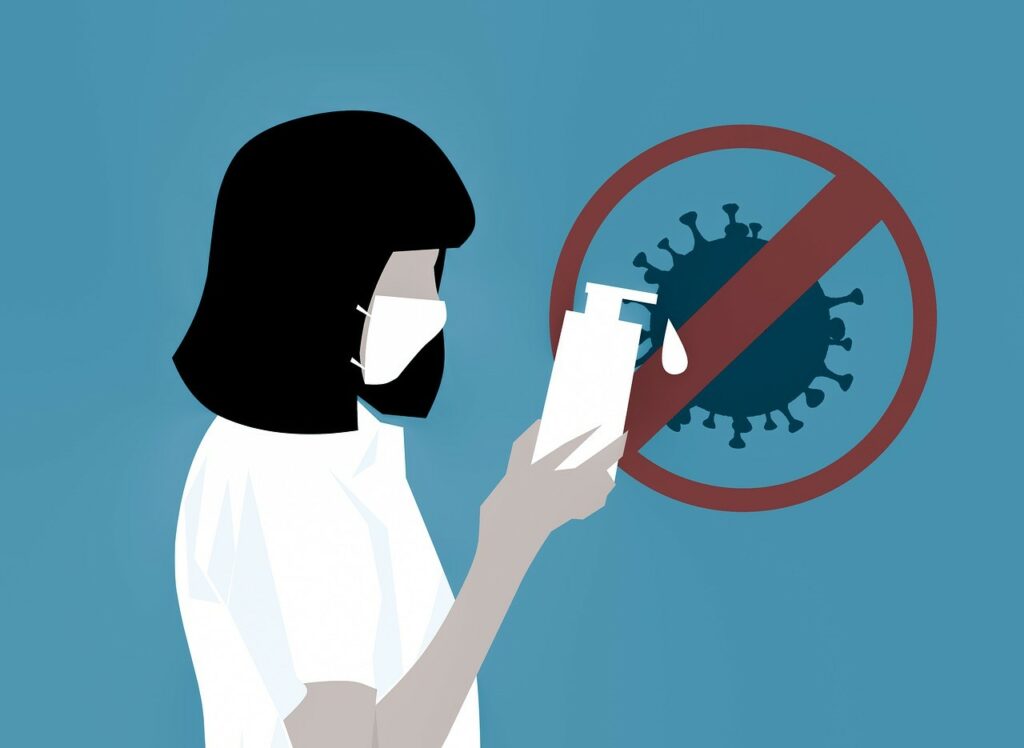A lot of new words was brought in 2020 to our vocabulary: covid, pandemic, sanitizer. Our habits and behavior have changed. We began to be interested in things that previously left us indifferent. Some moments of our lives we have radically rethinking. For example, questions of personal hygiene of hands.
In the past, the issue of personal hand hygiene included three points:
- Wash hands before meals.
- Wash your hands after going to the toilet.
- Wash hands when you get home.
Why do this is clear to everyone and requires no explanation. In 2020, everyone began to wash their hands, firstly, more often, and secondly, to supplement it with the treatment with a sanitizer.
And here the most important question of this article arises — what is a sanitizer and how does it differ from the antiseptic that we are used to.
Analysis of concepts: sanitizer, antiseptic?
As you can easily see, sanitizer is a word borrowed from English, like other words, such as “organizer”. Sanitizer in English means a hand sanitizer, usually an alcohol one. Professional translation of medical terms, names of substances, technical and medical documentation can be done at a translation agency https://translation.center/ukr-de.
As you can see, the sanitizer is almost the same as the antiseptic.
The fact is that in everyday use, sanitizers are used by ordinary people who are not related to medicine. To increase sales, manufacturers of sanitizers go to various improvements to their product – they add moisturizing, caring ingredients, flavorings and even food coloring to the composition. A sanitizer as a product for a buyer should be attractive: beautiful and convenient packaging, reasonable packaging, and special sales points and, of course, advertising. Most often, sanitizers are referred to as cosmetic products, which, although being antimicrobial and antiviral, cannot be used for disinfection in medical facilities.
What is the difference between an antiseptic and a sanitizer?

Currently, antiseptics are called antimicrobial, antiviral and antifungal drugs, usually alcohol, which are used for hand disinfection mainly in the medical field. This is the main difference – the scope of application. The fact is that medical antiseptics can be almost identical to the sanitizer in composition, but they are very different in terms of manufacturing and use.
These differences are largely due to product safety requirements. Manufacturers of antiseptics for medicine have special licenses and approvals for production; they purchase only proven raw materials. The very process of production of antiseptics for medicine is strictly regulated and controlled by the state institutions. The formulation of the product for hand treatment is developed by technologists and is scientifically substantiated. To guarantee the effectiveness of the antiseptic, clinical trials are mandatory with the issuance of a conclusion on behalf of certified scientific organizations. Manufacturers of sanitizers, usually classified as cosmetics, do not face as many difficulties. In theory, a sanitizer can be made identical to a medical antiseptic in terms of its properties, but it is not clear why.
Summing up, we can draw the following conclusions:
Sanitizer – usually products for the mass consumer, which to some extent can fight bacteria, viruses, fungi – separately or together. The effectiveness of such drugs is rarely confirmed by the conclusions of serious scientific institutions, but this, in fact, is not required.
Antiseptics – usually a product of specialized application, the production process and effectiveness of which are controlled by competent institutions.
What are the types of antiseptics and disinfectants?
Antiseptics and Disinfectants – These are chemicals that destroy or inhibit the growth of pathogenic microorganisms. The first are applied to the skin, and the second to the surface of various kinds of objects. Generally, disinfectants are highly toxic, which can harm living tissue. There are also universal preparations that are suitable for disinfecting hands, as well as furniture, equipment, and other things.
Antiseptics And Disinfectants: types, features
Keeping your hands clean means preventing the spread of various kinds of infections. There are several types of disinfection:
- Hygienic;
- Household;
- Surgical
Household means the use of water and soap, and for the rest they use special tools – antiseptics. They can be alcohol-based or alcohol-free with surfactants added. Release form: gels, liquids, sprays, wipes.
Among the popular antiseptics, it is worth highlighting the line of Estilodez. Universal remedy Estilodez concentrate, as well as the ones for skin application, on an alcohol basis. For example, Estilodez Antiseptic Lux provides high-quality hand protection against pathogenic bacteria and viruses dangerous to humans. Its antimicrobial action lasts for three hours or more. The high antimicrobial activity is due to the combination of two alcohols, the protection of the skin is provided by special softening components.
If it is impossible to use alcohol, you can use Estilodez Spray – an alcohol-free antiseptic, suitable for emergency disinfection of surfaces. If the requirements for use set out in the instructions are observed during processing, then it can be carried out in the presence of people.
For the manufacture of modern disinfectants, manufacturers use formulations that include several active ingredients.
If you are interested in more complete information about the composition of these substances and production technology, it would be useful to have a professional translation of technical documentation from various manufacturers in a translation agency https://translation.center/de-uebersetzungsbuero-hamburg. Due to the combination of active components, their spectrum of action on microbes is much wider than that of previously produced products. The addition of special components allows you to combine disinfection with washing, which is very convenient. And due to the inclusion of corrosion inhibitors and stabilizers, the surfaces of the tools are not damaged.



